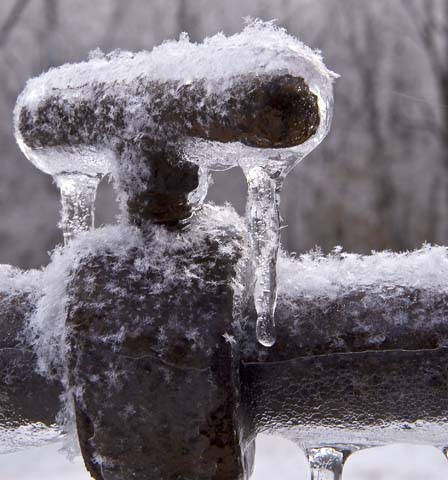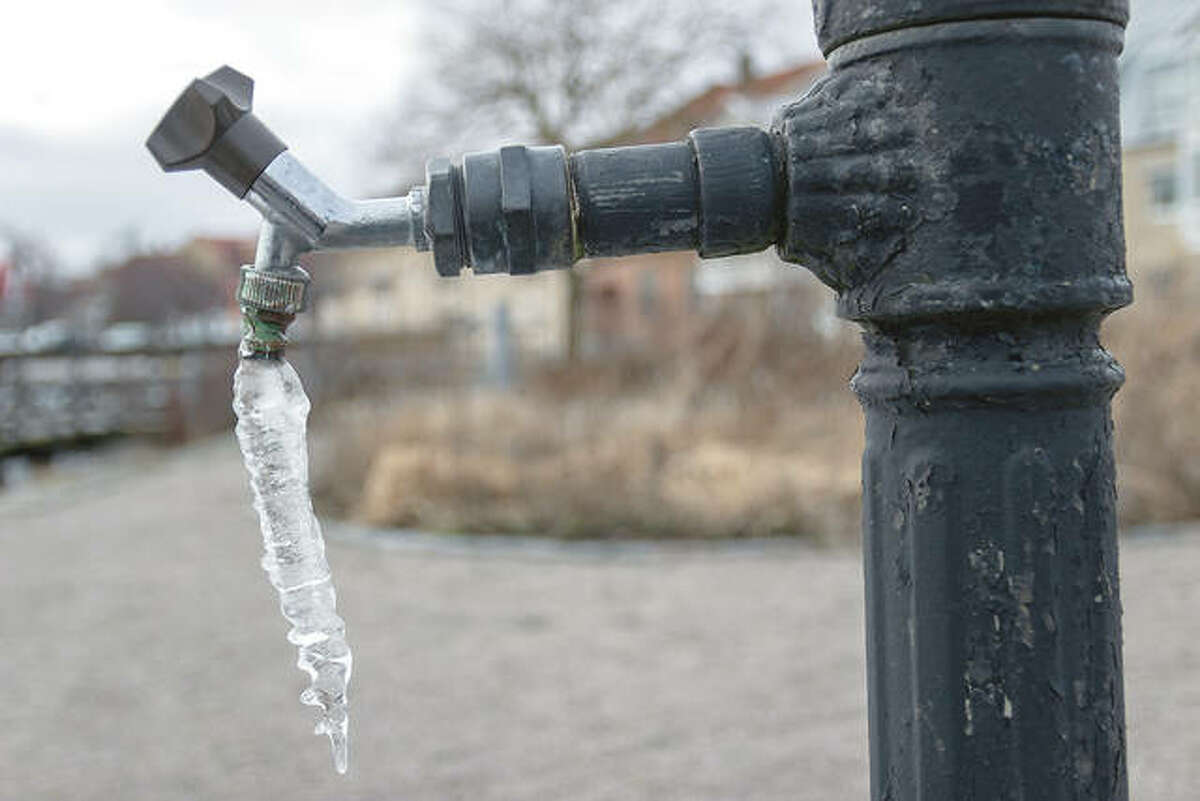This article in the next paragraphs about Preventing and dealing with frozen pipes is immensely captivating. Don't miss it.

Winter can damage your plumbing, specifically by freezing pipes. Right here's exactly how to stop it from taking place and what to do if it does.
Introduction
As temperature levels decline, the danger of frozen pipes rises, possibly resulting in costly fixings and water damage. Understanding just how to stop icy pipes is critical for house owners in cool climates.
Understanding Icy Pipes
What creates pipelines to freeze?
Pipes freeze when revealed to temperatures below 32 ° F (0 ° C) for expanded periods. As water inside the pipelines ices up, it expands, putting pressure on the pipe walls and potentially causing them to burst.
Risks and damages
Frozen pipelines can lead to water supply disruptions, residential property damages, and costly repair work. Ruptured pipelines can flood homes and cause considerable architectural damage.
Indicators of Frozen Water Lines
Determining icy pipelines early can prevent them from breaking.
Exactly how to identify icy pipes
Try to find decreased water circulation from faucets, uncommon smells or noises from pipes, and noticeable frost on exposed pipelines.
Prevention Tips
Protecting vulnerable pipelines
Cover pipes in insulation sleeves or use warmth tape to shield them from freezing temperatures. Concentrate on pipes in unheated or exterior locations of the home.
Heating techniques
Maintain interior rooms appropriately heated up, especially locations with pipes. Open closet doors to enable cozy air to circulate around pipelines under sinks.
Safeguarding Exterior Plumbing
Yard hoses and outdoor taps
Disconnect and drain pipes yard hoses before winter. Install frost-proof spigots or cover outdoor faucets with protected caps.
What to Do If Your Pipelines Freeze
Immediate activities to take
If you presume icy pipes, keep taps available to ease pressure as the ice thaws. Make use of a hairdryer or towels taken in hot water to thaw pipelines slowly.
Long-Term Solutions
Architectural modifications
Consider rerouting pipelines away from outside walls or unheated locations. Add added insulation to attics, cellars, and crawl spaces.
Upgrading insulation
Purchase top quality insulation for pipelines, attic rooms, and walls. Correct insulation helps preserve regular temperatures and minimizes the threat of icy pipes.
Final thought
Protecting against frozen pipelines calls for aggressive measures and quick reactions. By comprehending the reasons, indicators, and safety nets, house owners can secure their plumbing throughout cold weather.
6 Proven Ways to Prevent Frozen Pipes and Protect Your Home
Disconnect and Drain Garden Hoses
Before winter arrives, start by disconnecting your garden hoses and draining any remaining water. Close the shut-off valves that supply outdoor hose bibs and leave the outdoor faucet open to allow any residual water to drain. For extra protection, consider using faucet covers throughout the colder months. It’s also important to drain water from any sprinkler supply lines following the manufacturer’s directions.
Insulate Exposed Pipes
Insulating your pipes is an effective way to prevent freezing. Pipe insulation is readily available at home improvement stores and is relatively inexpensive. Pay close attention to pipes in unheated areas such as the attic, basement, crawl spaces, or garage. Apply foam insulation generously to create a buffer against the cold. You can also wrap your pipes in heat tape or thermostat-controlled heat cables for added warmth.
Seal Air Leaks
Inspect your home for any cracks or openings that could let in cold air. Seal any holes around the piping in interior or exterior walls, as well as the sill plates where your home rests on its foundation. Additionally, make sure to keep your garage door closed unless you’re entering or exiting. Leaving it open creates a significant air leak that can lead to frozen pipes.
Allow Warm Air Circulation
During cold snaps, it’s essential to allow warm air to circulate evenly throughout your home. Leave interior doors ajar to promote better airflow. Open kitchen and bathroom cabinets to help distribute heat consistently around the rooms. If you have small children or pets, be sure to remove any household chemicals or potentially harmful cleaners from open cabinets for safety.
Let Faucets Drip
A small trickle of water can make a big difference in preventing ice formation inside your pipes. When temperatures drop significantly, start a drip of water from all faucets served by exposed pipes. This continuous flow helps prevent the water from freezing. Additionally, running a few faucets slightly can relieve pressure inside the pipes, reducing the chances of a rupture if the water inside does freeze.
https://choateshvac.com/6-proven-ways-to-prevent-frozen-pipes-and-protect-your-home/

As a passionate reader on Winter Plumbing Precautions: Preventing Frozen Pipes, I figured sharing that excerpt was a good thing. Remember to pause to distribute this article if you enjoyed reading it. We cherish reading our article about Winter Plumbing Precautions: Preventing Frozen Pipes.
View
Comments on “Critical Approaches for Avoiding Frozen Plumbing in Winter”